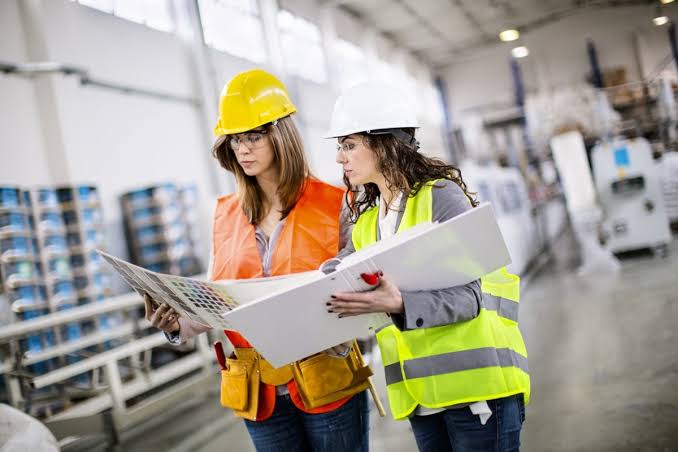You may be a construction contractor or engineer. Are you aware of the common safety mistakes in construction? How can these errors impact the safety of a construction site?
Safety is paramount in construction, but mistakes often occur. Understanding and addressing these common errors, like not using quality lifting strings, can significantly reduce risks and enhance site safety. So, here are some prevalent safety mistakes and ways to avoid them.
Inadequate Safety Training
Lack of Proper Training
One major mistake is insufficient training. Workers must be adequately trained to handle equipment and understand safety protocols. Without proper training, the risk of accidents increases. Regular training sessions and refreshers help maintain safety standards and ensure everyone on site is knowledgeable about these procedures.
Ignoring Safety Procedures
Another issue is neglecting established safety procedures. Even experienced workers may bypass these rules if they seem inconvenient. Adhering to these procedures at all times is crucial for preventing accidents. Ensure all workers are aware of and follow the guidelines set for the site.
Poor Equipment Maintenance
Neglecting Equipment Checks
Failure to regularly maintain and inspect equipment is a common mistake. Equipment should be checked daily for faults, such as leaks or damaged parts. Regular maintenance ensures that machinery operates correctly and reduces the likelihood of accidents caused by malfunctioning equipment.
Using Damaged Tools
Using damaged or worn-out tools can lead to injuries. Before use, ensure that all tools and equipment are in good working condition. Replace or repair any damaged items promptly to maintain a safe working environment.
Unsafe Lifting Practices
Importance of Quality Lifting Slings
Lifting slings are critical components for safely hoisting and moving heavy loads. Using low-quality or damaged slings can lead to severe accidents. High-quality lifting slings are designed to handle heavy weights and provide reliable performance. Regular inspection and maintenance of lifting slings are essential for safety.
Proper Use and Maintenance
Ensure that lifting slings are used correctly according to the manufacturer’s guidelines. Inspect slings before each use for any signs of wear, such as fraying or cuts. Properly storing slings when not in use prevents damage and prolongs their lifespan. Training workers on correctly handling and inspecting lifting slings further enhances safety.
Overloading Lifting Equipment
Overloading lifting equipment can lead to failure and accidents. Adhere to the manufacturer’s load limits for all lifting devices and equipment. Ensure that the load is evenly distributed and adequately secured before lifting. Following these guidelines ensures safe lifting operations and prevents equipment failure.
Poor Site Organisation
Cluttered Work Areas
A cluttered work area may lead to accidents and injuries. Keep the construction site organised and free of unnecessary materials. Clear walkways and work areas to prevent tripping hazards and ensure easy access to emergency exits.
Improper Storage of Materials
Materials should be stored correctly to avoid accidents. Ensure that heavy or hazardous materials are stored securely and not left in walkways or near edges. Proper storage helps prevent accidental falls and injuries from collapsing materials.
Inadequate Personal Protective Equipment (PPE)
Failure to Use PPE
Not wearing the appropriate personal protective equipment (PPE) is a critical safety mistake. Ensure all workers are equipped with necessary PPE, such as helmets, gloves, and safety goggles. Regularly check that PPE is in good condition and immediately replace damaged items.
Incorrect PPE Usage
Misusing PPE can reduce its effectiveness. Ensure that workers are trained to use and maintain their protective gear properly. Proper usage of PPE is essential for maximising its protective capabilities and preventing injuries.
Addressing these common safety mistakes can significantly improve safety on construction sites. The usage of quality lifting slings and the other points mentioned above are crucial elements in maintaining a safe work environment. By focusing on these areas, those in charge can reduce the risk of accidents and create a safer workplace for everyone involved.






